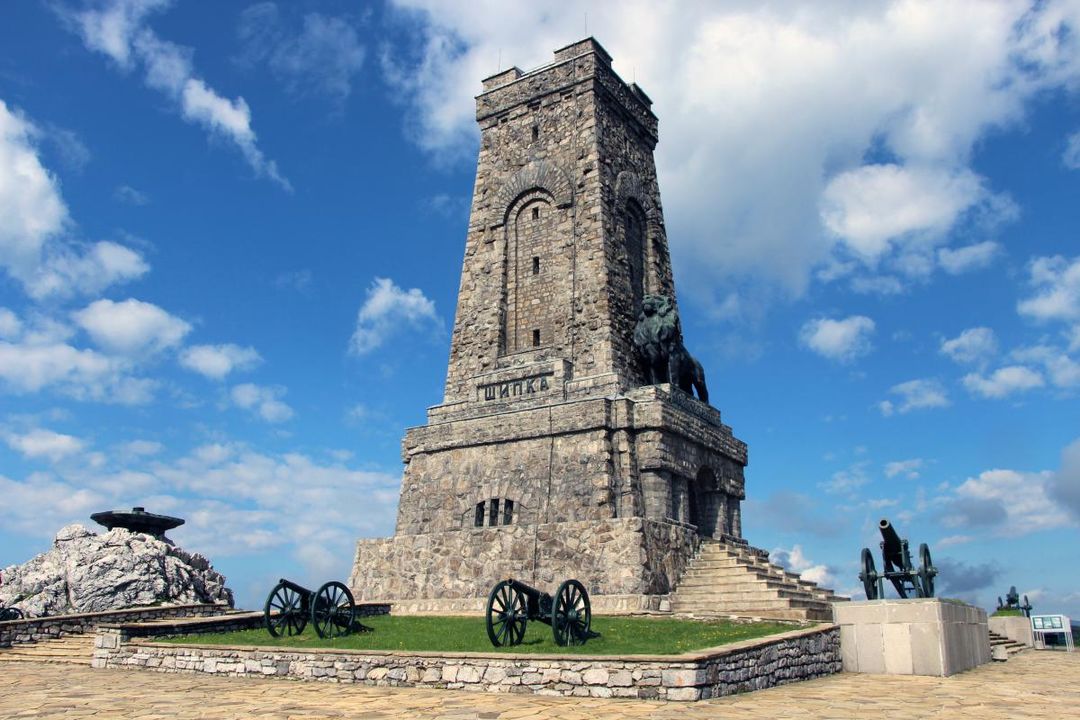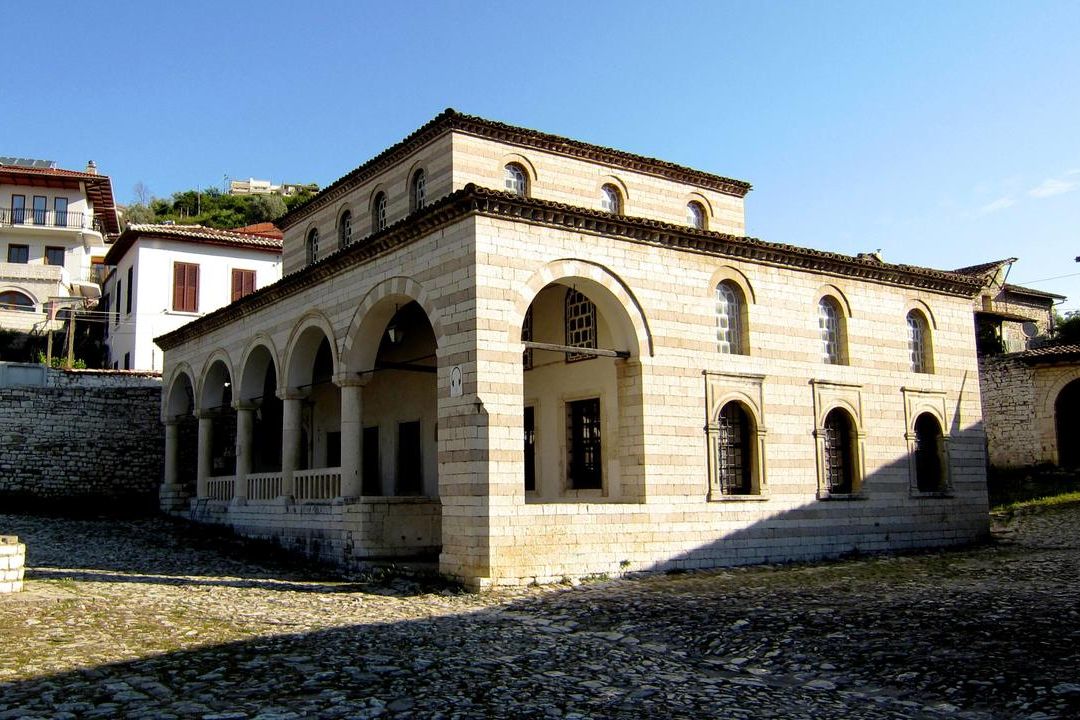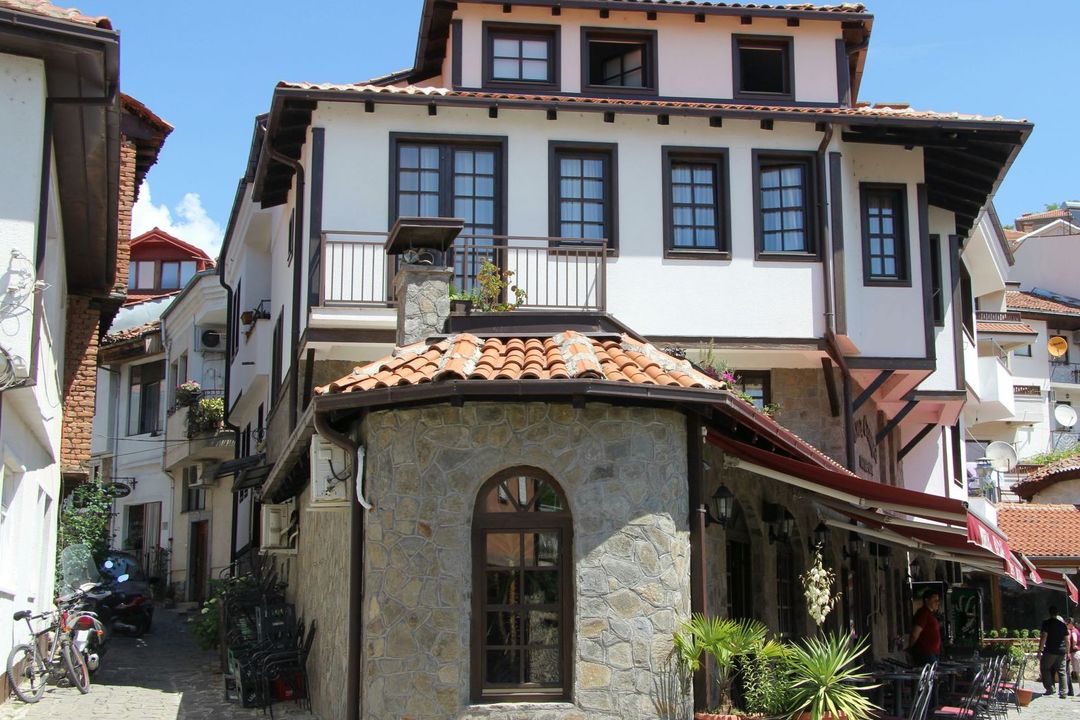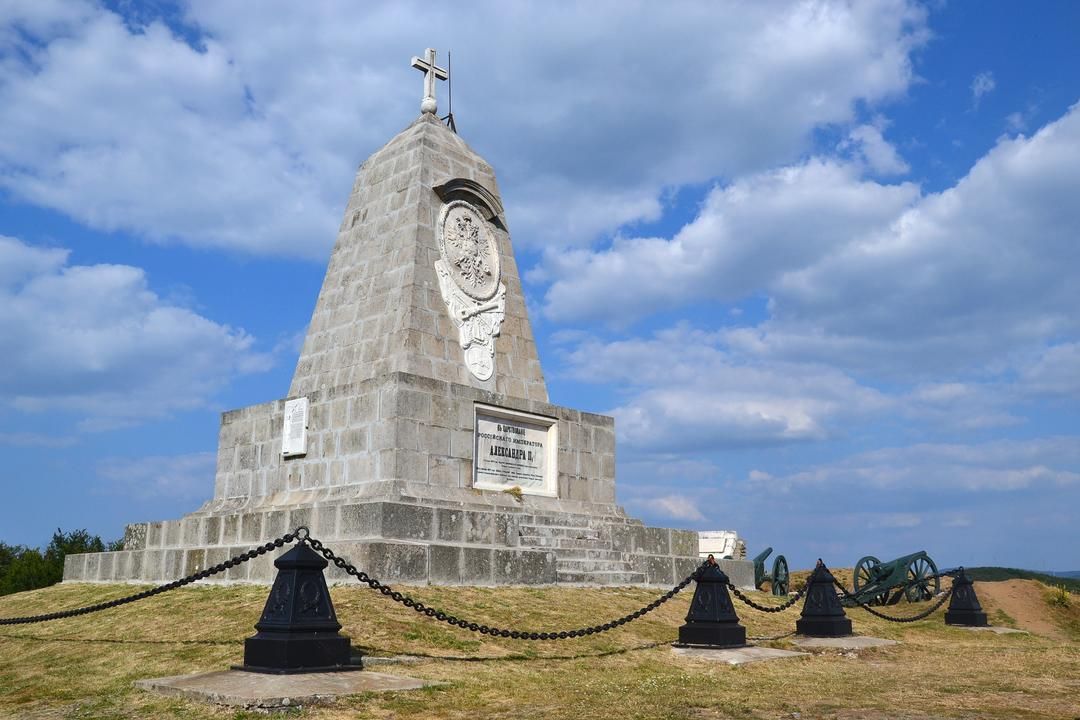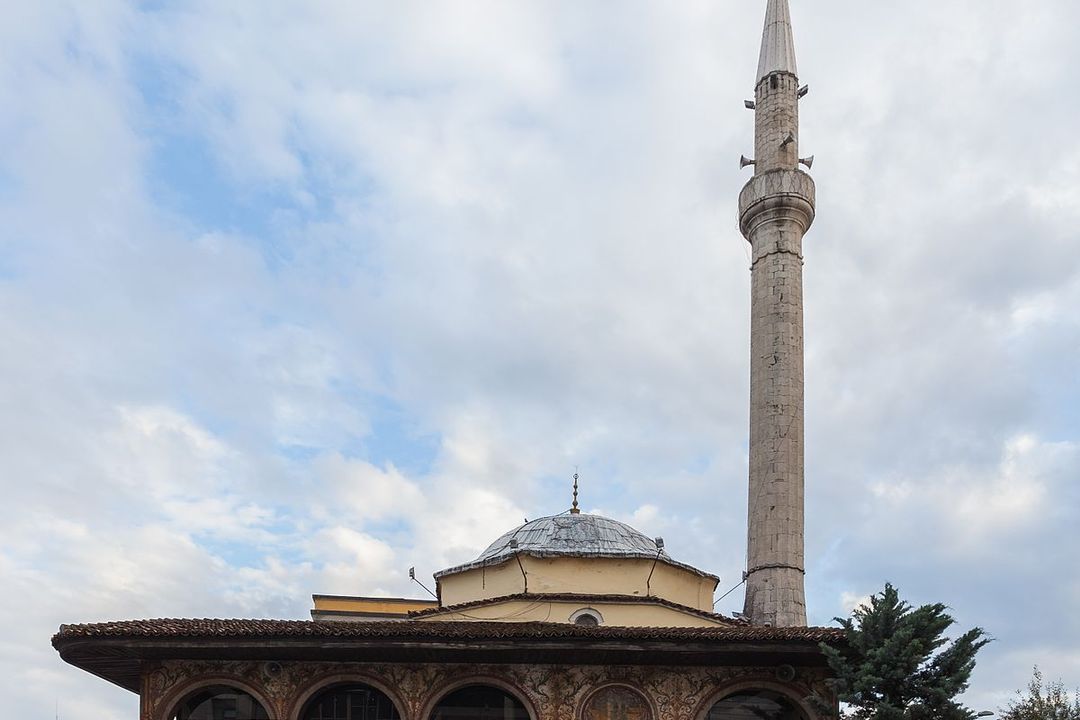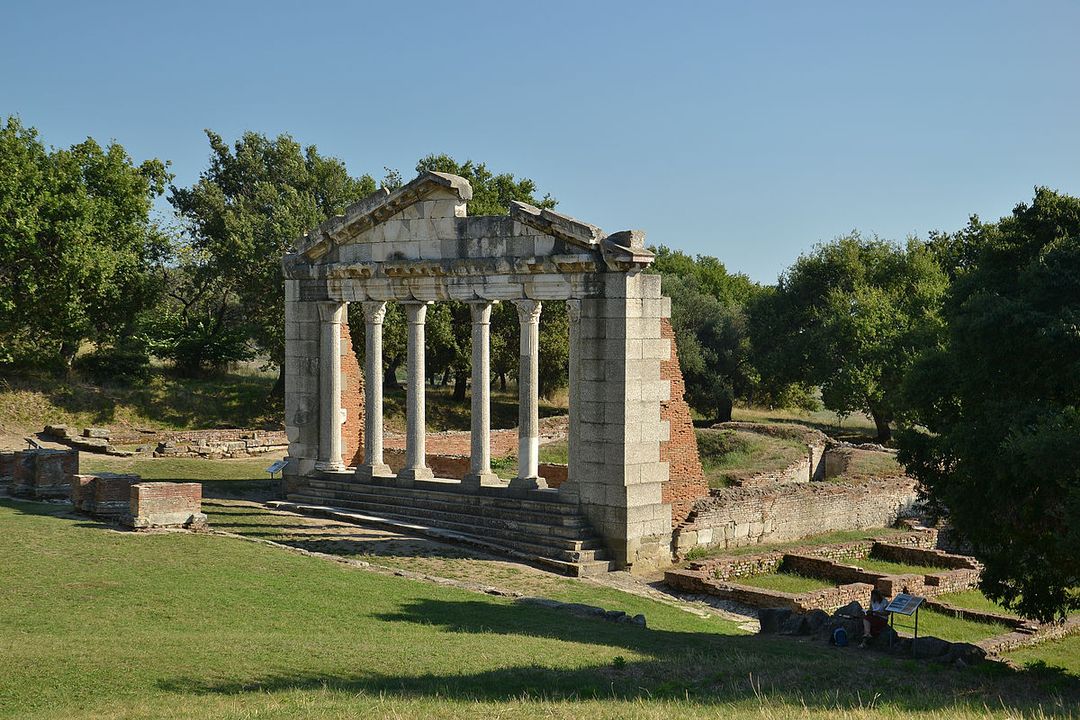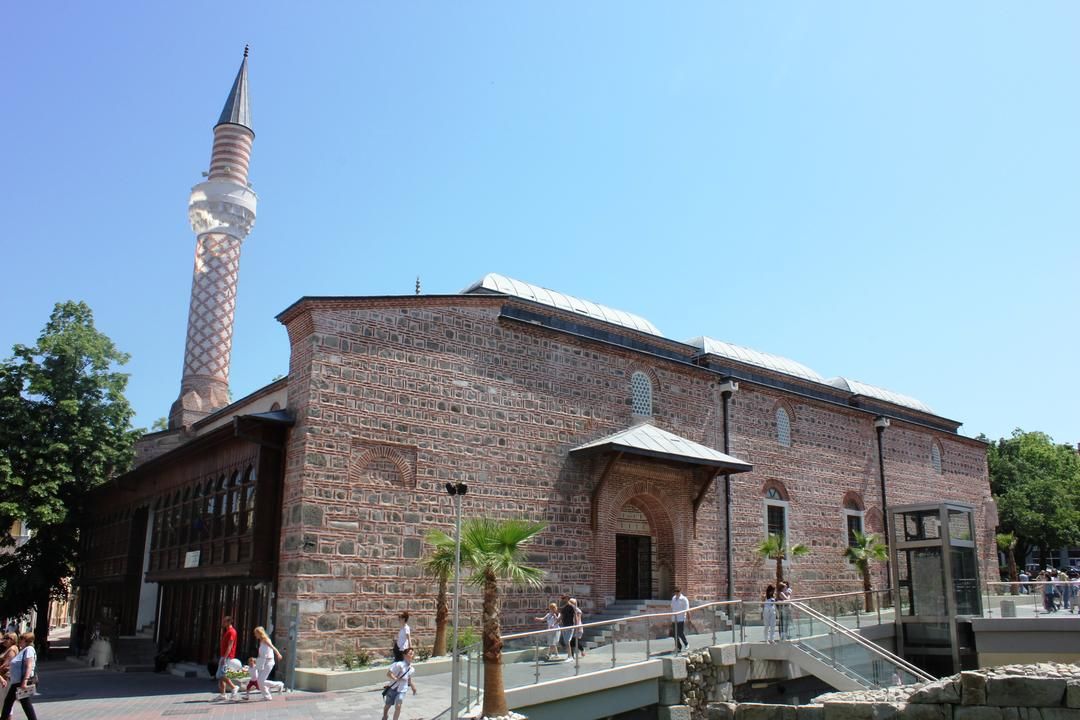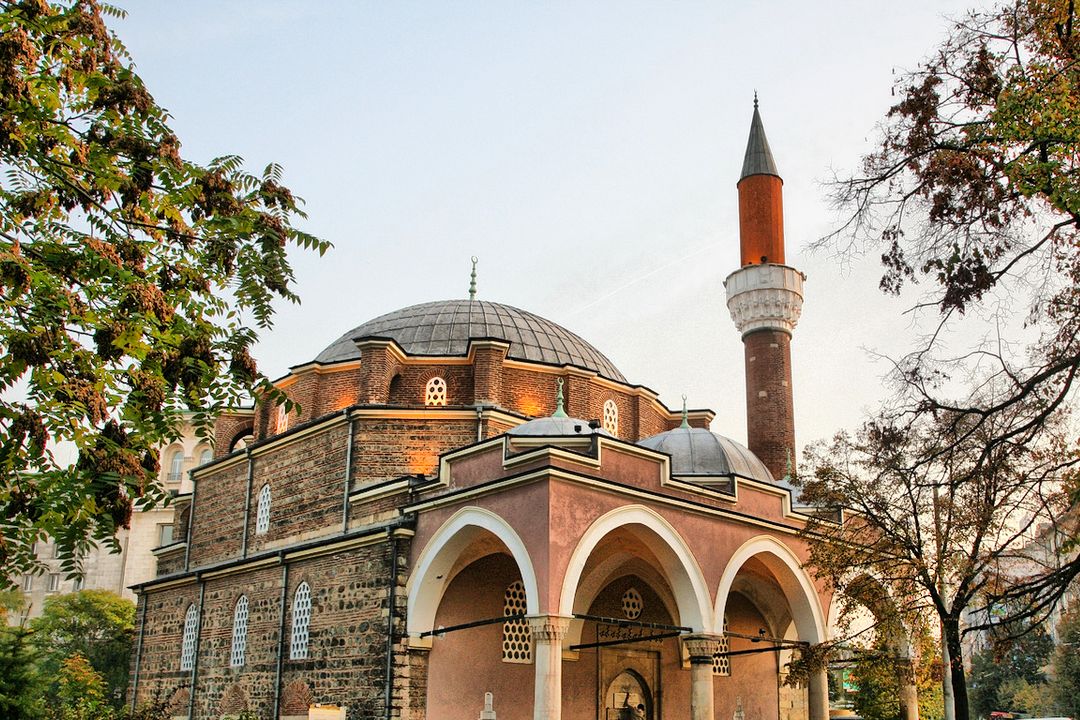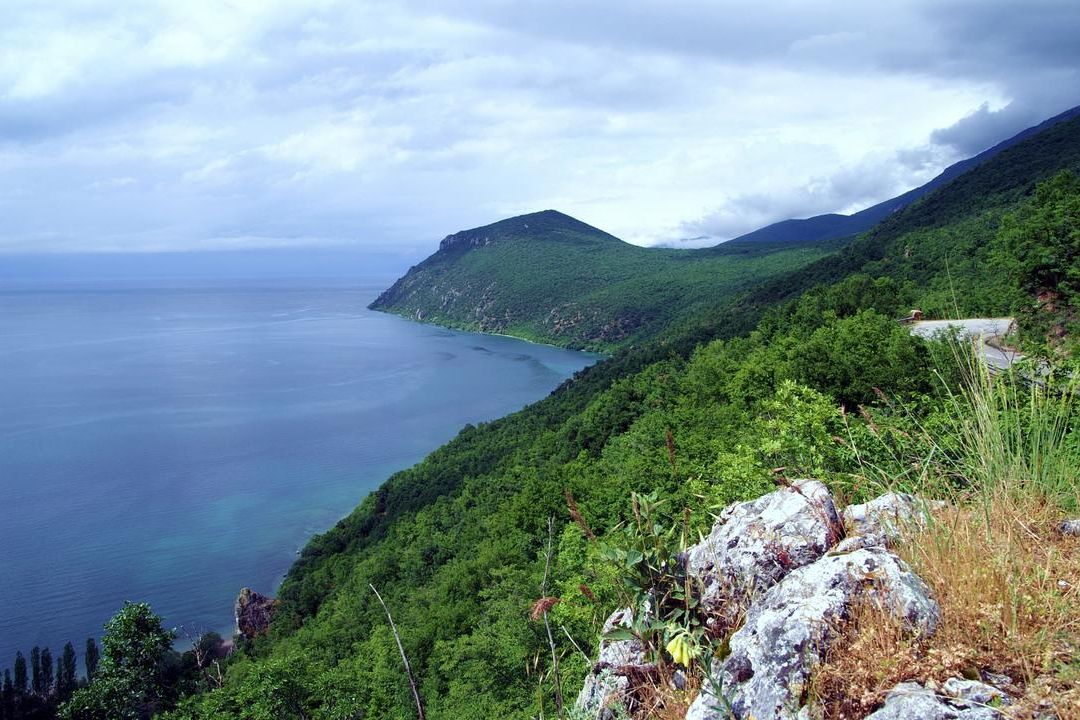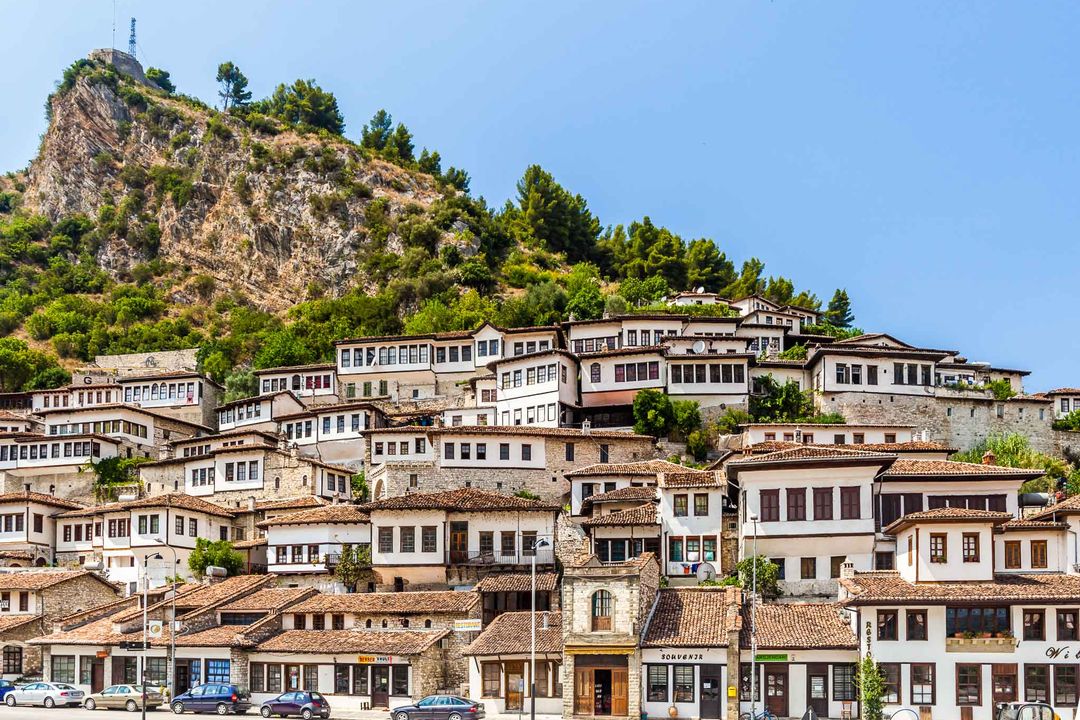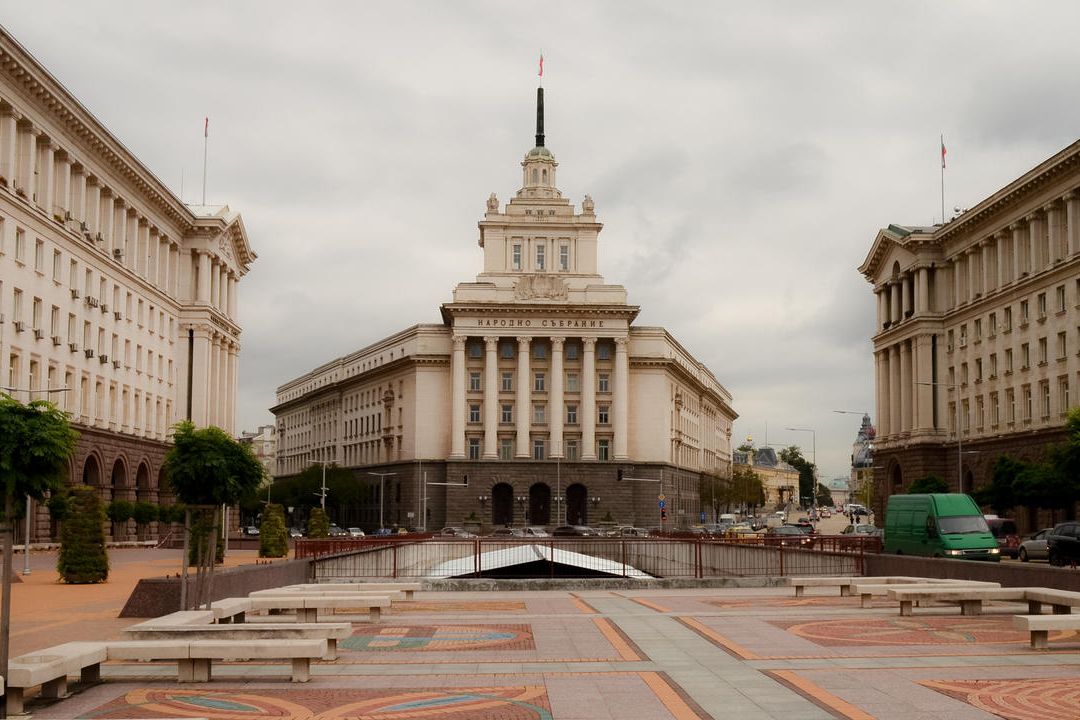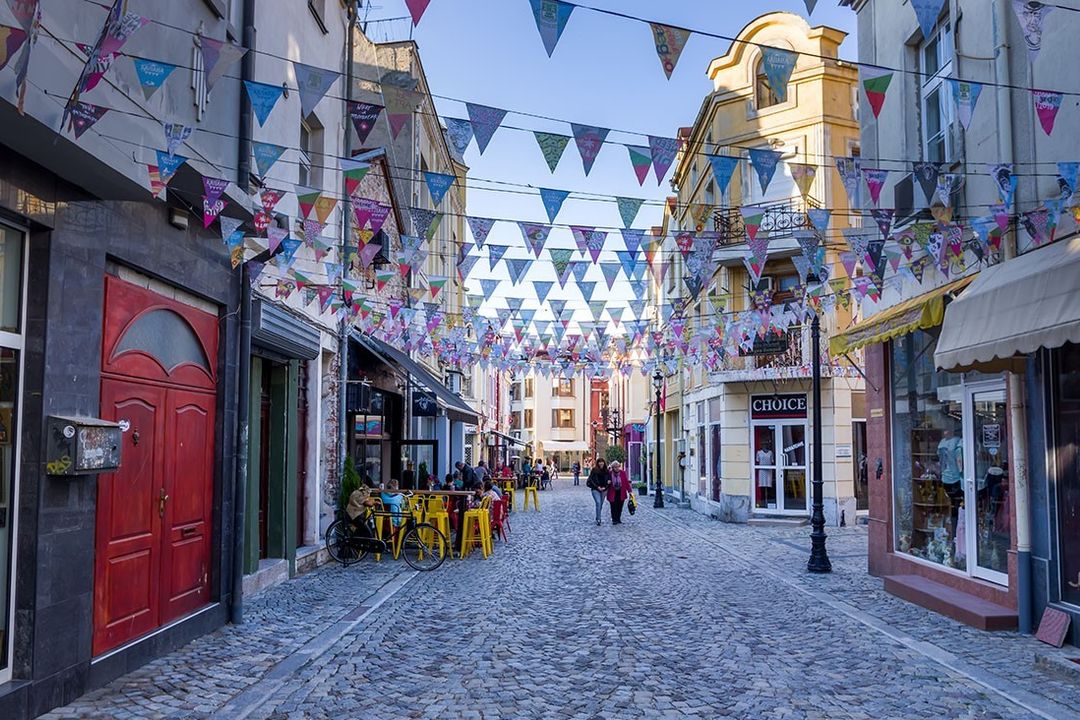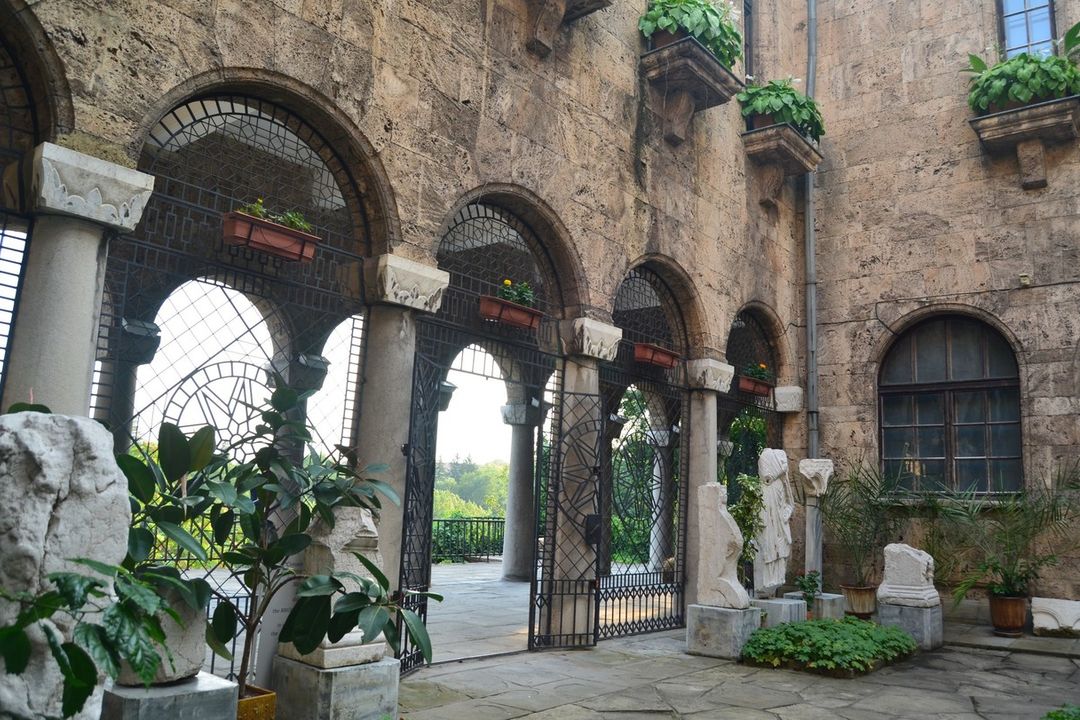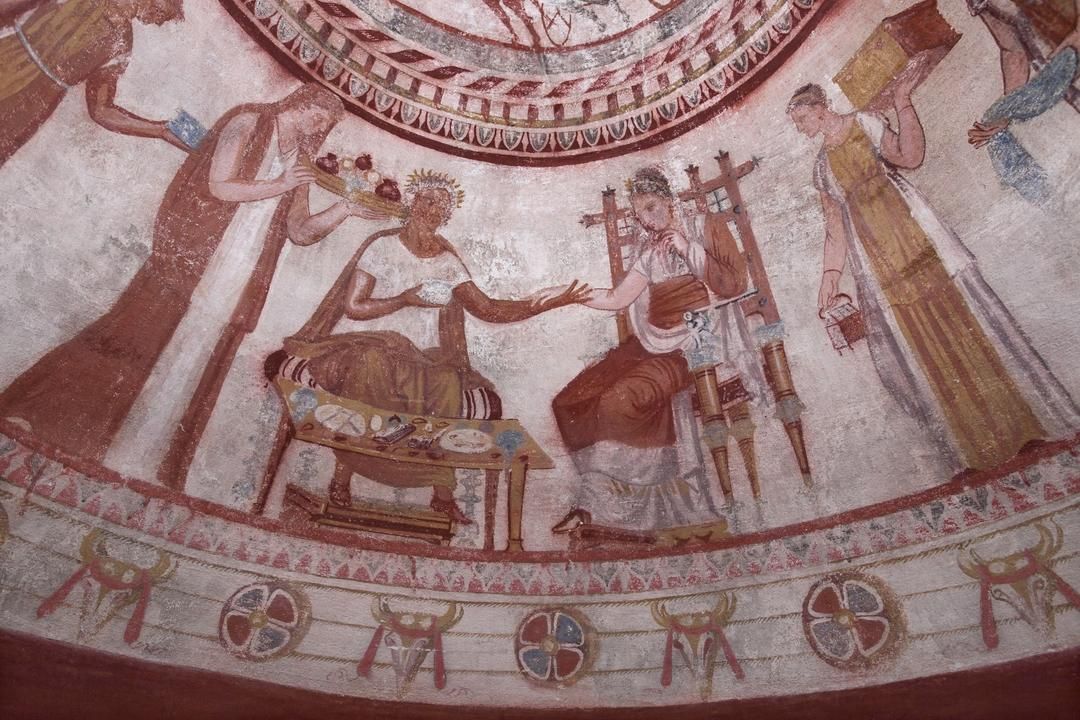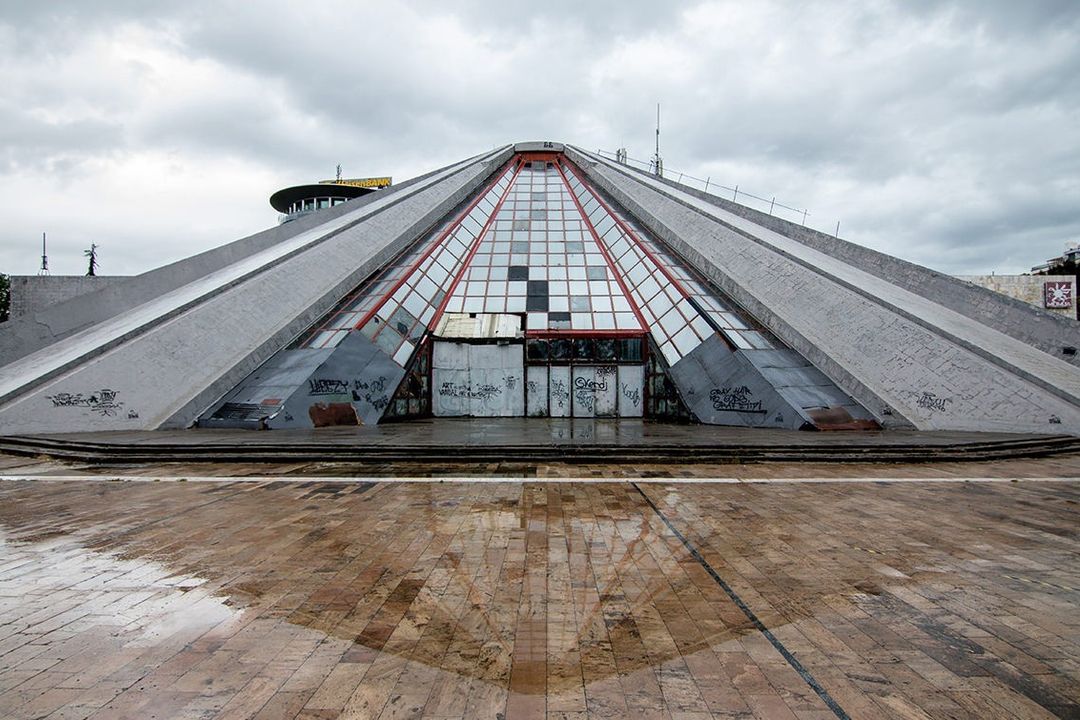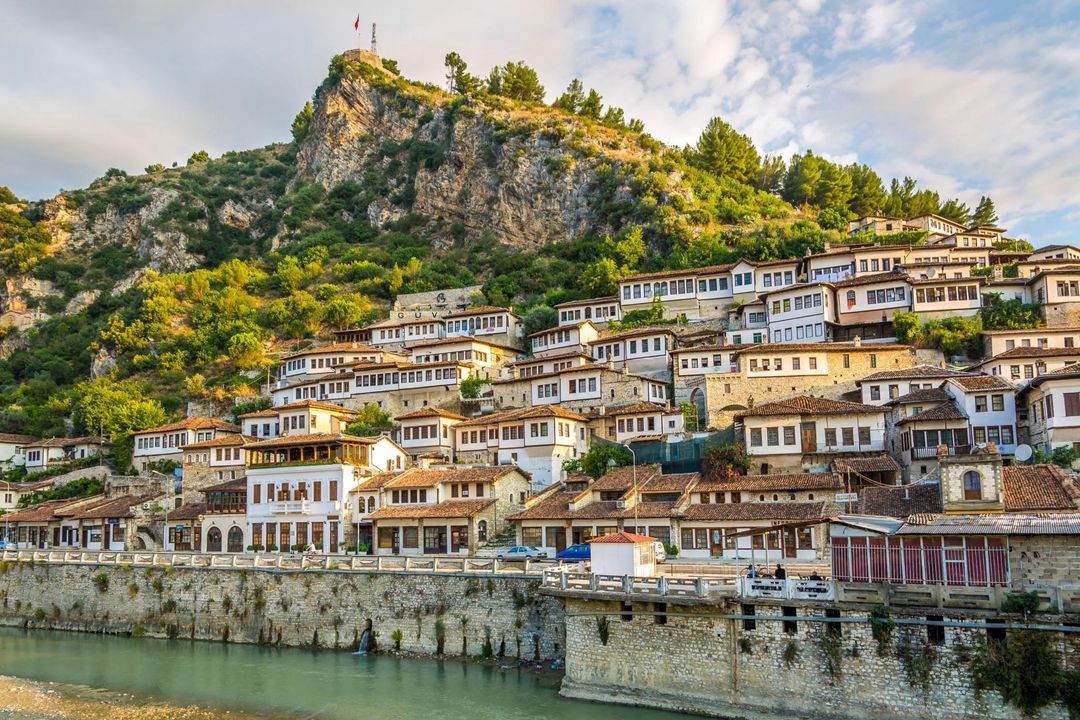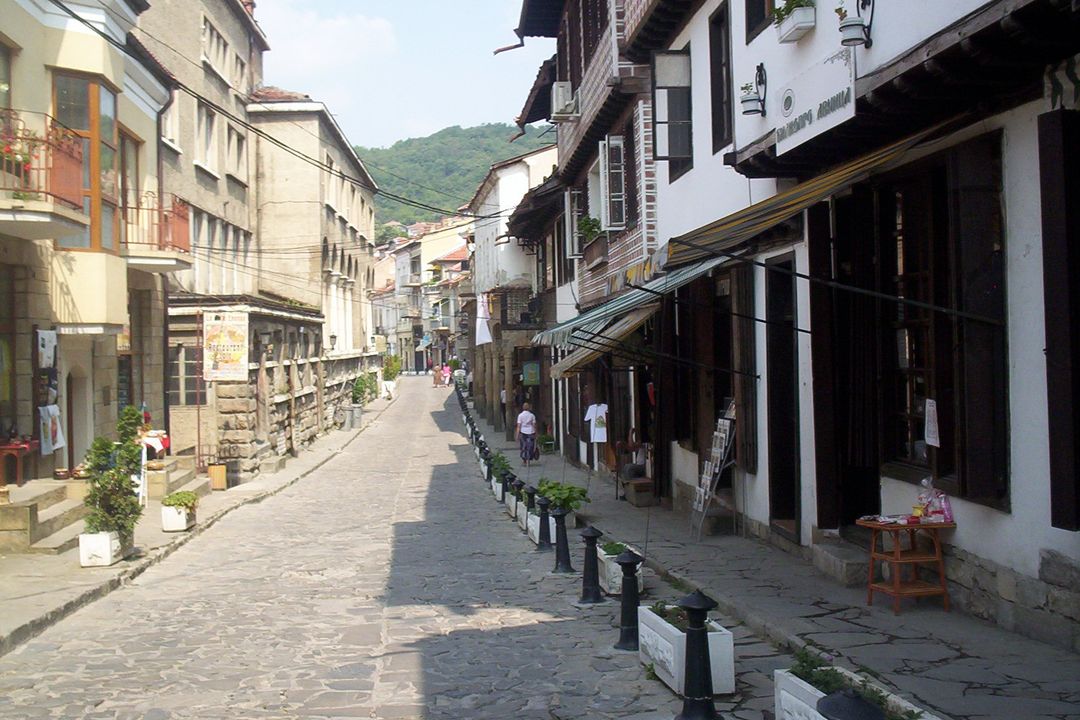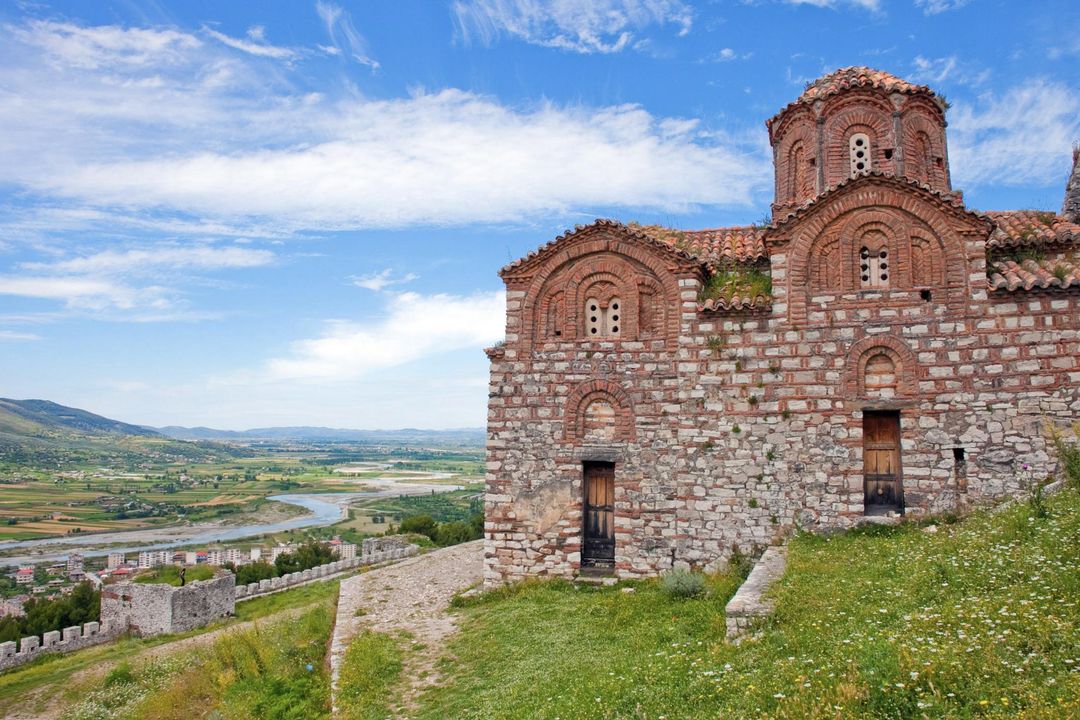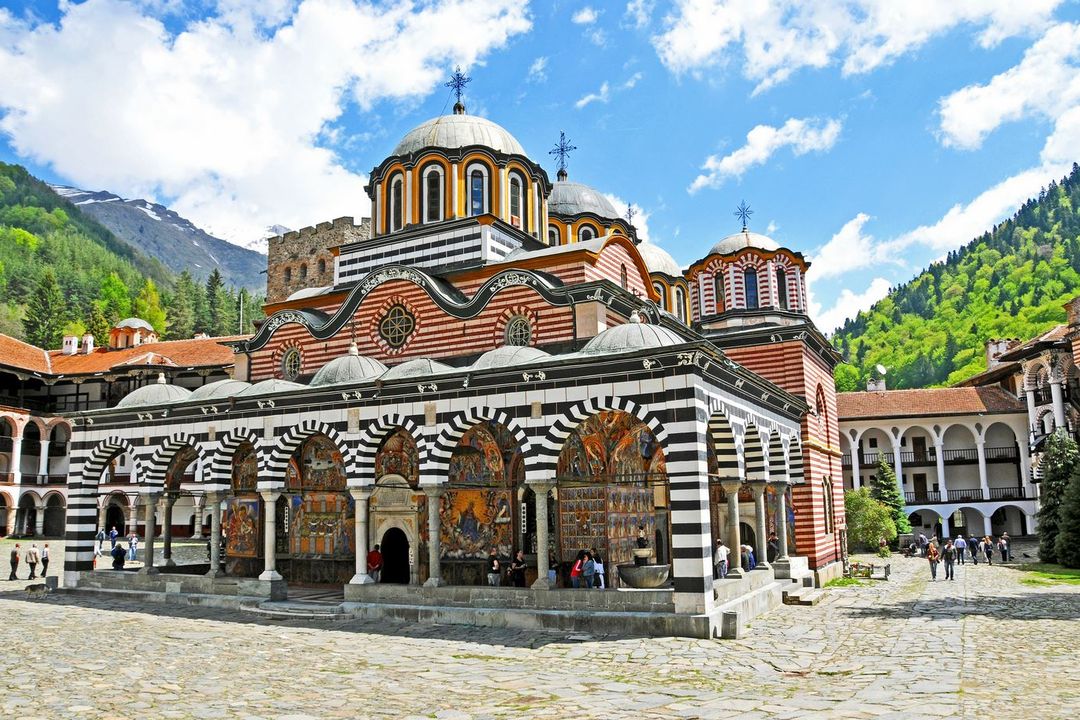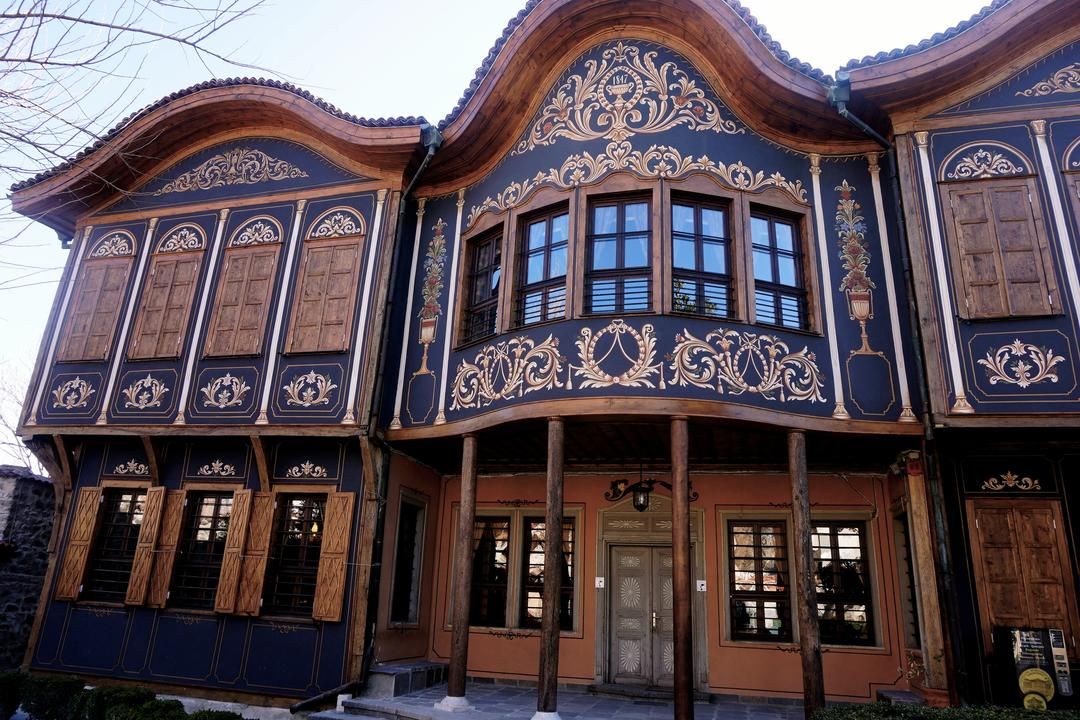Full Itinerary
Day 1
Itinerary: Airport – Sofia. Upon arrival transfer toward Sofia. Start a half day visit in Sofia. Enjoy a city tour of Sofia, including a visit the Alexander Nevski Cathedral and Crypt. Visit Banya Bashi Mosque, the biggest one in Sofia. Include a visit to the National History Museum, where the gold and silver Thracian treasures are displayed. Also see the Alexander Nevski Cathedral and Crypt. Visit Boyana Church which is a UNESCO World Heritage monument. Balance of the day at leisure for shopping in the city. This evening, enjoy dinner with Folklore Show. (X, L, D)
Day 2
Itinerary: Sofia – Arbanasi – Veliko Turnovo. After breakfast depart toward Veliko Turnovo. Arrival in Veliko Turnovo and have the walking tour of the city. Veliko Turnovo was the capital of Bulgaria's Second State from the 12th to 14th centuries. The old city has a picturesque location on the banks of the meandering Yantra River. Visit Tsarevetz Hill where you will find relics of the mighty fortress of the Bulgarian monarchs. After lunch continue to Arbanasi where we will visit the famous "Nativity" church as well as "St Archangels Michael and Gabriel" church and "Konstancialieva" house-museum. After sightseeing tour of the city, proceed to check-in at hotel. Dinner and overnight stay at hotel in Veliko Turnovo. (B, L, D)
Day 3
Itinerary: Veliko Turnovo – Shipka Pass – Kazanluk – Plovdiv. After breakfast drive toward Rose Valley via Shipka Pass (el. 1150 m./3820 ft.) which is a scenic mountain pass through the Balkan Mountains in Bulgaria. The pass connects the towns of Gabrovo and Kazanluk. Here was fought the Battle of Shipka Pass which consisted of four battles that were fought between the Russian Empire, aided by Bulgarian volunteers known as Opalchentsi, and the Ottoman Empire for control over the vital Shipka Pass during the Russo-Turkish War (1877–1878). The crucial moment came in August 1877, when a group of 5,000 Bulgarian and 2,500 Russian troops repulsed an attack against the peak by the Ottoman Central army. The pass is 13 km by road north of the small town of Shipka. A road also leads from the pass to the summit of Buzludzha, 12 km to the east. Buzludzha National Park in the beautiful Central Stara Planina, is situated right in the middle of Bulgaria at the heart of its rose growing area (one of the country’s main exports). Yet when one arrives at the Shipka Pass there awaits something quite unexpected. It is as if a huge flying saucer has chosen this spot in the Balkan Mountains for a leisurely pit stop and was then signposted, but abandoned by its owners. Yet this colossal concrete edifice a history much more down to earth than that. It is what remains of an extravagantly expensive project by the leaders of the country’s old communist regime to tie up their own system of government with the mythos of the country’s 1300 year old foundation as an independent state. Forget your past? Hardly something the fiercely proud people of this country might do - or so you might think. After the visit of Buzludzh continue to Kazanluk - the centre of the Valley of Roses, known as known as well as the of the Thracian kings. Visit Kazanluk Tracian Tomb (UNESCO site, copy). Taste rose products. Proceed toward Plovdiv. Dinner in Plovdiv at traditional restaurant. Overnight stay in Plovdiv. (B, L, D)
Day 4
Itinerary: Plovdiv – Sofia. After breakfast we visit Plovdiv, the 2nd largest city in Bulgaria, once capital city of Philip II of Macedonia, the father of Alexander the Great. The city is contemporary of Troy, and is much older than Athens and Rome. The tour includes the Roman Amphitheatre, the Roman Stadium, the Old Plovdiv Architectural reserve with the Ethnographic museum (the so-called Royal House) and the National Revival Houses complex, Djumaya mosque and Trakart exhibit of Roman mosaics. Transfer toward Sofia. Check-in at hotel. Dinner and overnight stay at Hotel in Sofia. (B, L, D)
Day 5
Itinerary: Sofia – Rila – Skopje. This morning continue to visit the Rila Monastery UNESCO site from outside, the most important monastery in Bulgaria. Return to Sofia. After the visit of Rila Monastery drive toward Skopje. Arrival in Skopje and have dinner. After dinner bight tour of the city to enjoy the hundreds of monuments lighted by night. Overnight stay at hotel in Skopje. (B, L, D)
Day 6
Itinerary: Skopje – Ohrid. After breakfast start the sightseeing tour of Skopje. Short introduction of the country. Organized sightseeing of Old Bazaar, Kusumli An, Old Railway Station, and Stone Bridge. After the visit of Skopje drive toward Ohrid. After the visit of Skopje have lunch in the city and depart toward Ohridfor a day tour of the city. The resort town of Ohrid is one of the oldest settlements in Macedonia dating from before the Slavic period. Ohrid is a UNESCO site located in the Ohrid/Prespa region near Galicica National Park. It has a long rich history but is perhaps best known for the missionary brothers Cyril and Methodius who arrived in Ohrid in 886AD and made Ohrid a leading center of Slavic culture and literary activities. The brothers are credited with the creation of the Cyrillic Alphabet which helped them spread their missionary work in the Slavic world. After our journey on the lake we continue sightseeing on foot strolling through the picturesque alleys of the old town, discovering the craftsmanship of the rich tradition of silver filigree, wood carving, and Ohrid's Pearls. Visit the protected archaeological museum and the House of Robevc, visit Helveti Hayati Tekke of Ohrid. Stop at the Classical Theatre, built 2000 years ago and still used today. Time for lunch of Ohrid trout prepared fresh from the lake. Afternoon return back to Skopje where we have dinner and spend the overnight. (B, L, D)
Day 7
Itinerary: Ohrid – Apollonia – Tirana. After breakfast depart toward Apollonia. One of Albania's most impressive ancient sights set on a hill overlooking the lagoon towards the sea, Apollonia was founded by Greeks in 588 BC and originally had a large harbor for seagoing ships. Aristotle wrote about Apollonia because of its complete lack of democracy (so it seems nothing much has changed politically). Agriculture and slave trade made the city rich, and after being taken over by the Romans in 229 BC it became a essential part of the Roman road system and a centre of education. Earthquakes and the silting up of the harbor meant the end of Apollonia's prosperity. We will see a Roman amphitheatre, view the foundations of Roman houses, the remains of a Roman bathhouse, and wander around the huge Byzantine walls ringing the complex. After lunch in the site drive toward Tirana. Tirana, the capital of Albania, is known for its colorful Ottoman, Fascist and Soviet era architecture. Pastel buildings surround the city's focal point, Skanderbeg Square, which is named for its equestrian statue of a national hero. On the square's north end is the modernist National History Museum, covering prehistoric times through Communist rule and the anti-Communist uprisings of the 1990s. Start the sightseeing tour of Tirana. Short introduction of the country. Organized sightseeing of Scanderbeg Squere, Et’hemBeu Mosque, Scanderbeg Statue, Main Boulevard, Pyramide, University of Tirana. The Et'hemBey Mosque is an 18th-century mosque located in the center of the Albanian capital Tirana. Closed under communist rule, the mosque reopened as a house of worship in 1991, without permission from the authorities. (B, L, D)
Day 8
Itinerary: Tirana – Berat – Tirana Departure. Start a full day tour in Berat and discover the astonishing medieval city.Berat or Berati, also known “Town of Thousand Windows”, is aknown “Town of Thousand Windows”, is a beautiful and historic city of Albania. Due to its significance in history, UNESCO had declared Berat in the World Heritage list in the year 2008The 2000 year old town of Berat is located in southcentral Albania. It is one of the oldest and most beautiful towns of Albania. The castle of Berat (kala'), it's build on a hill top overlooking Berat. There are three protection walls. Inside the castle there is a residential quarter with characteristic houses, one Ottoman mosque,which is called Red Mosque. After visiting fortress of Berat,have lunch in old part of Berat,Mangalemi. Across the Osumi River lies the Gorica neighborhood, whose houses face those of Mangalemi. The arched bridge of Gorica, built in 1780, is a beautiful architectural monument constructed to link Gorica with Mangelemi.Near the street running down from the fortress is the Bachelors' Mosque,built in 1827. This has a handsome portico and an interesting external decoration of flowers, plants, houses, etc. The 'Bachelors' were the young shop-assistants (in practice generally unmarried), whom the merchants in Berat used as their own private militia. The King Mosque ,the oldest in the town built in the reign of Bayazid II (1481–1512), is notable for its fine ceiling. The Lead Mosque, built in 1555 and so called from the covering of its cupola. This mosque is the centre of the town.The Halveti Tekke is thought to have been built in the 15th century. It was rebuilt by Ahmet Kurt Pasha in 1782. It belongs to the Khalwati Sufi order. It is composed of the prayer hall with a square plan, a small ambience for special religious services and a gracious portico in front of the entrance to the prayer hall. After the visit of Berat lunch inthe city drive back to Tirana where we transfer to Mother Theresa International Airport and leave.





